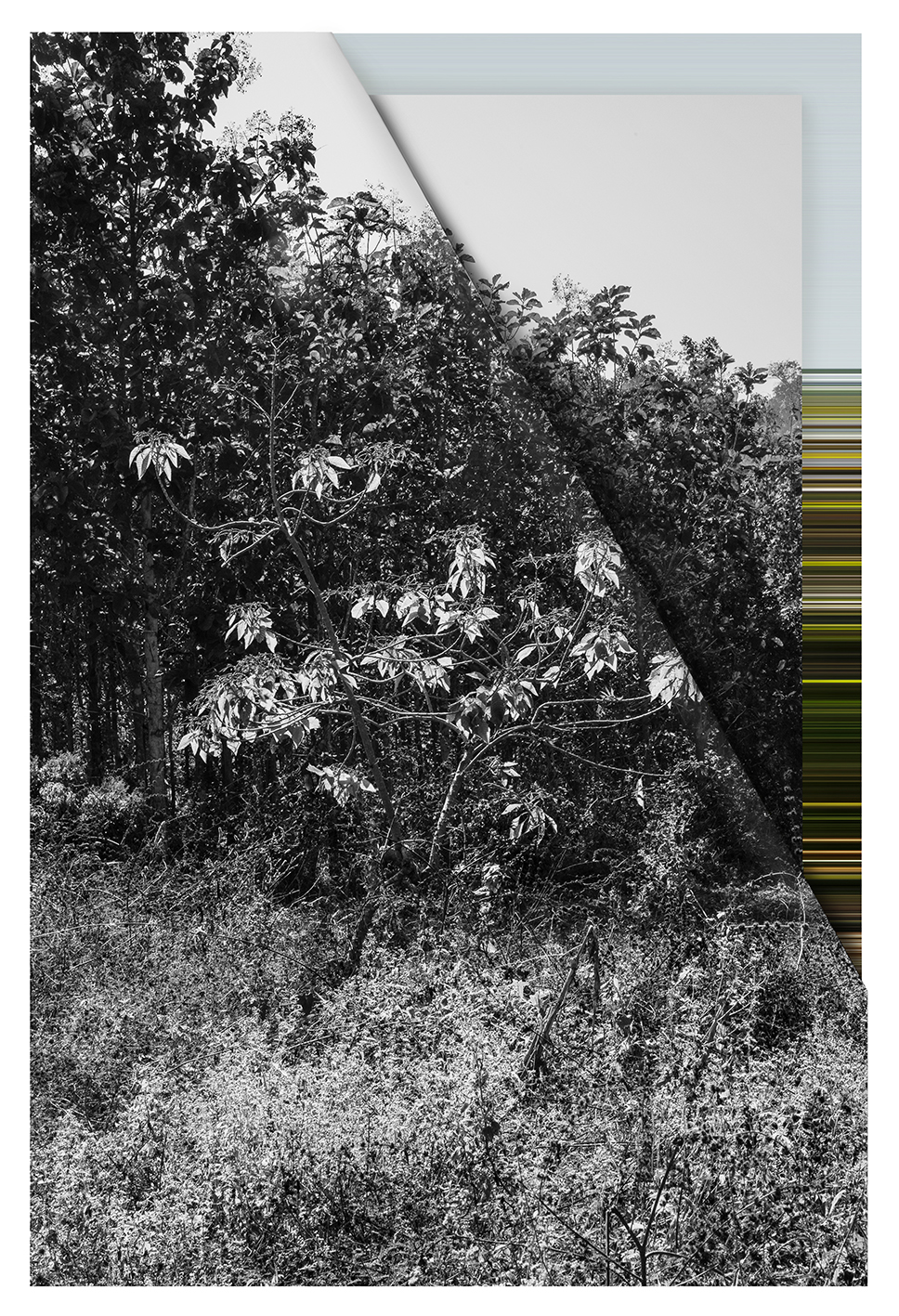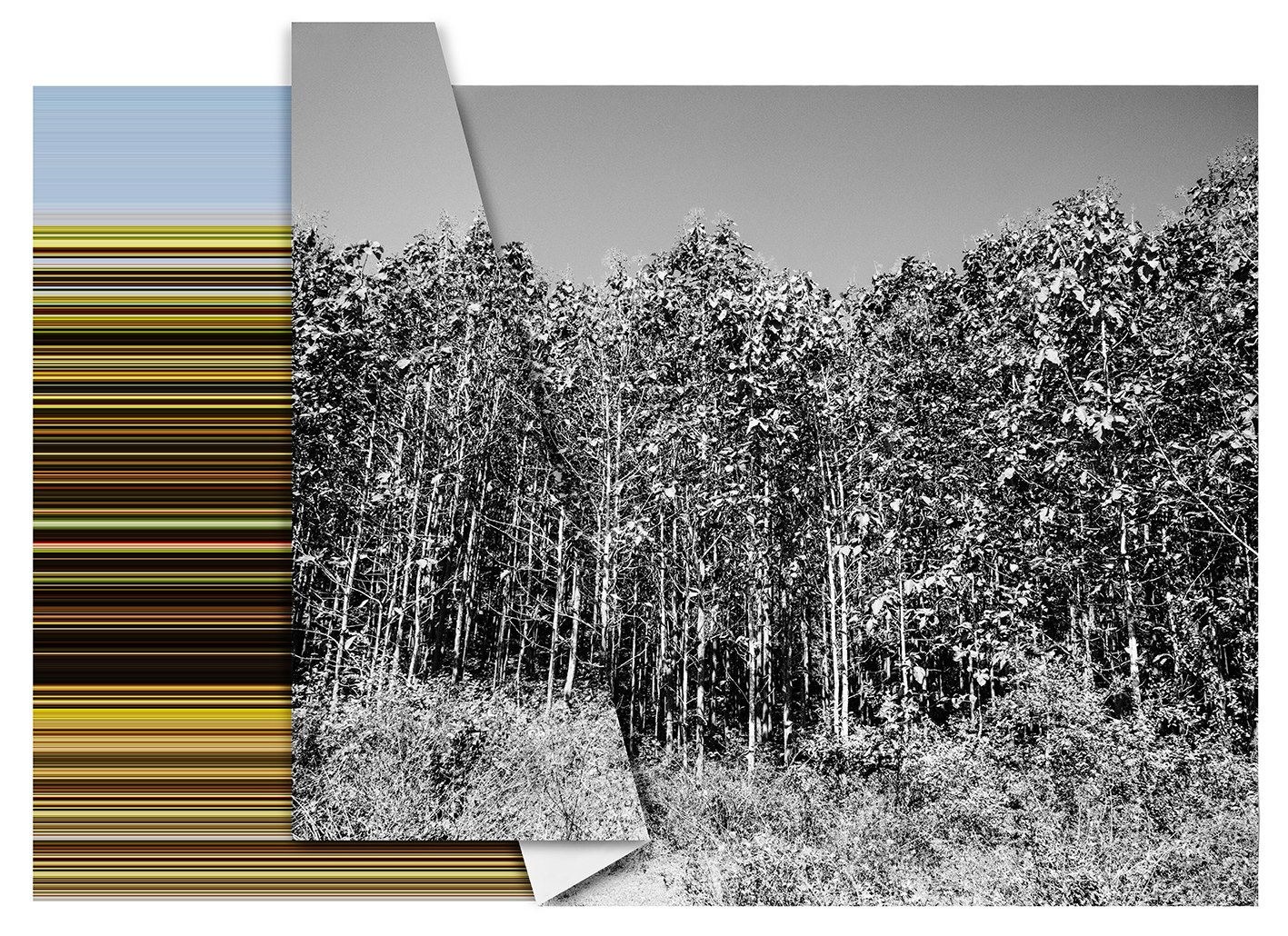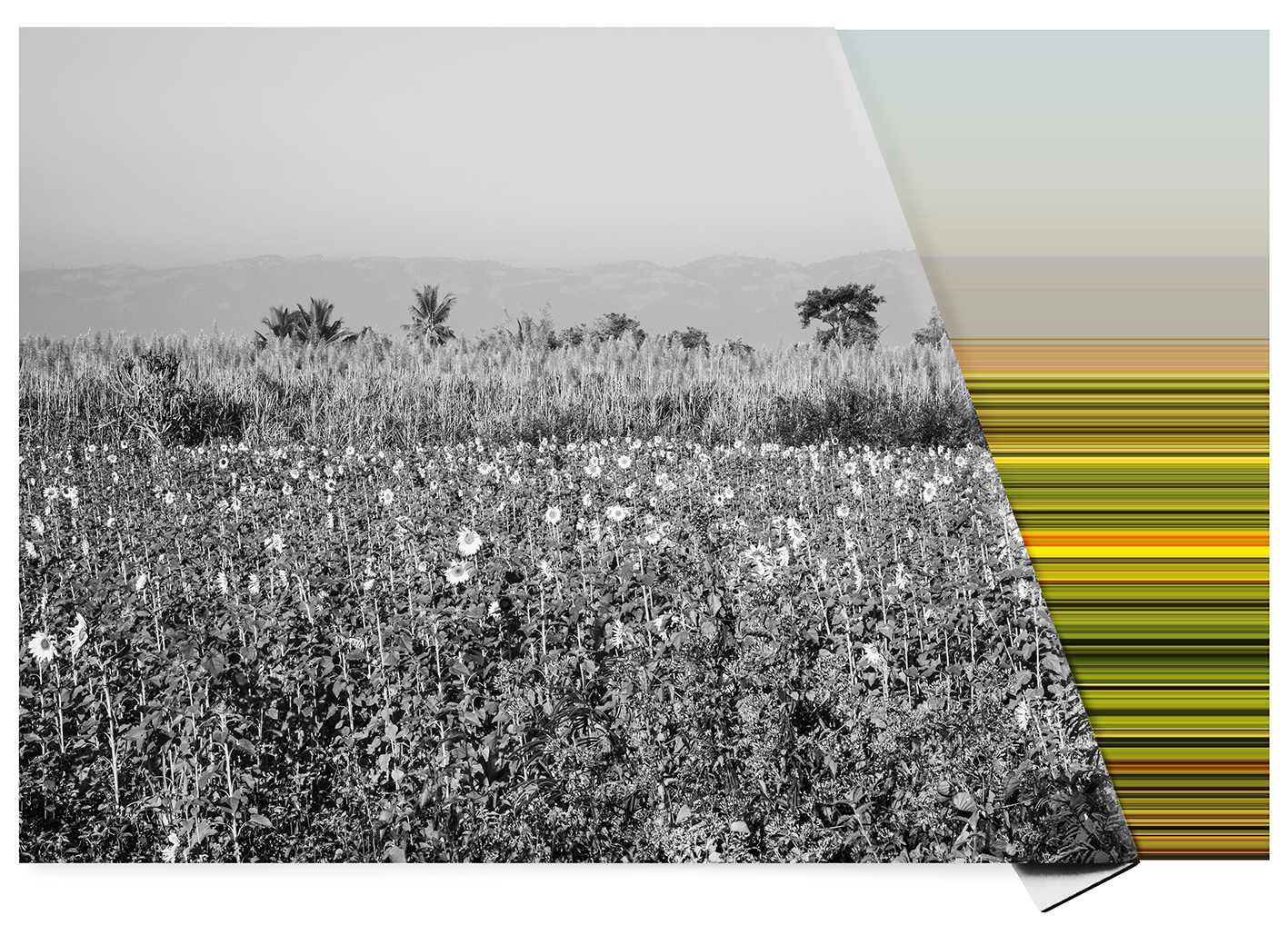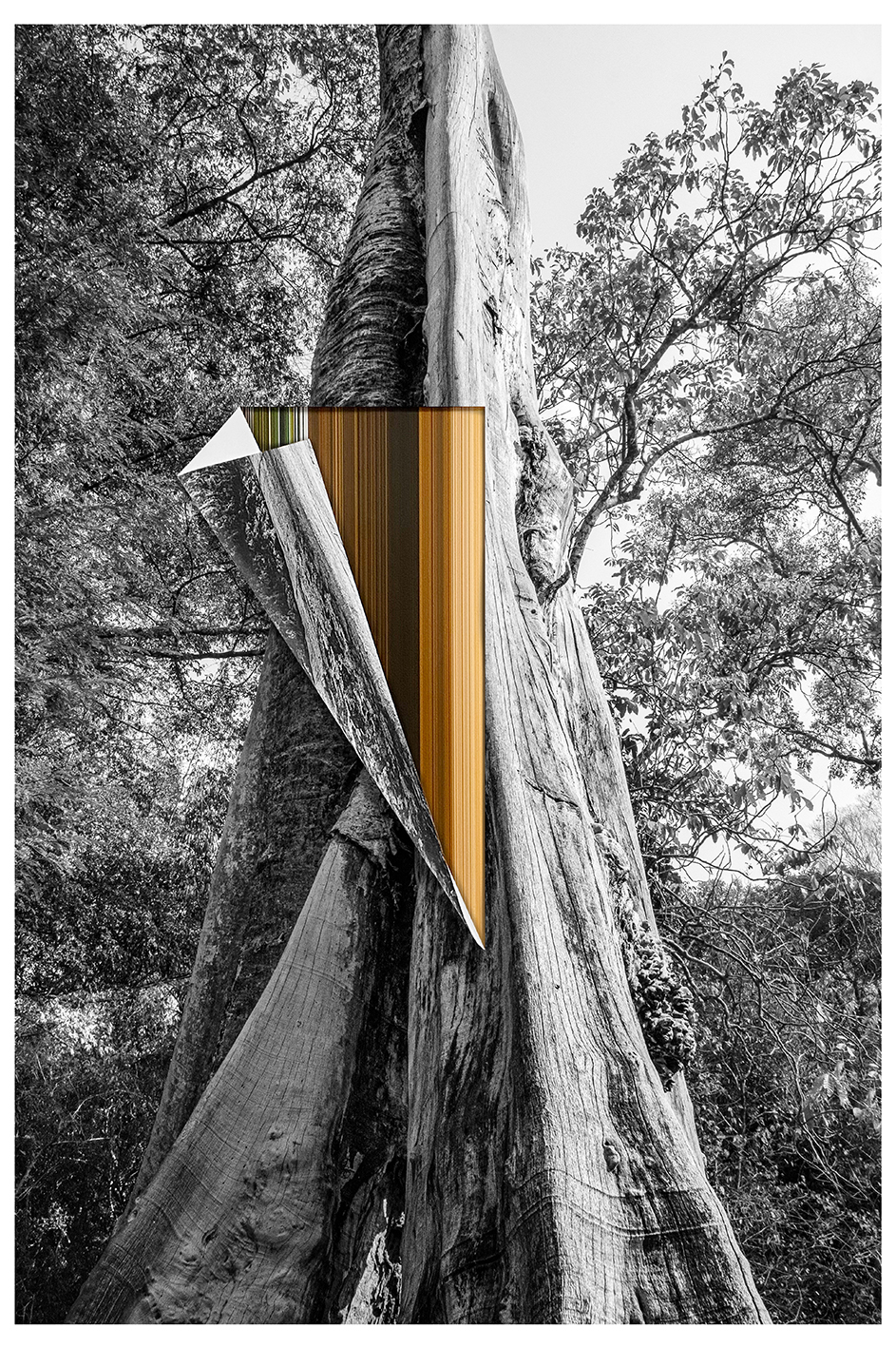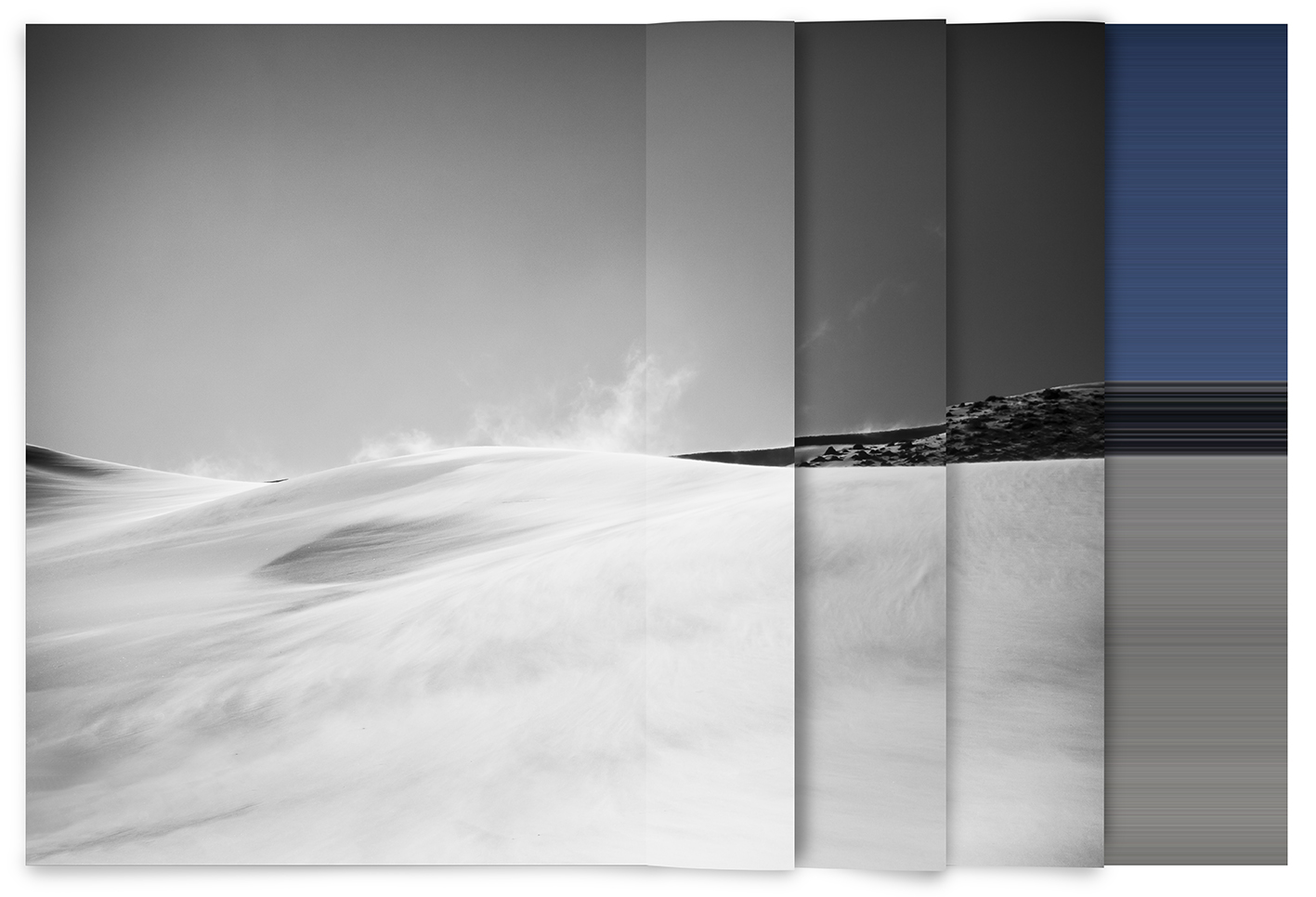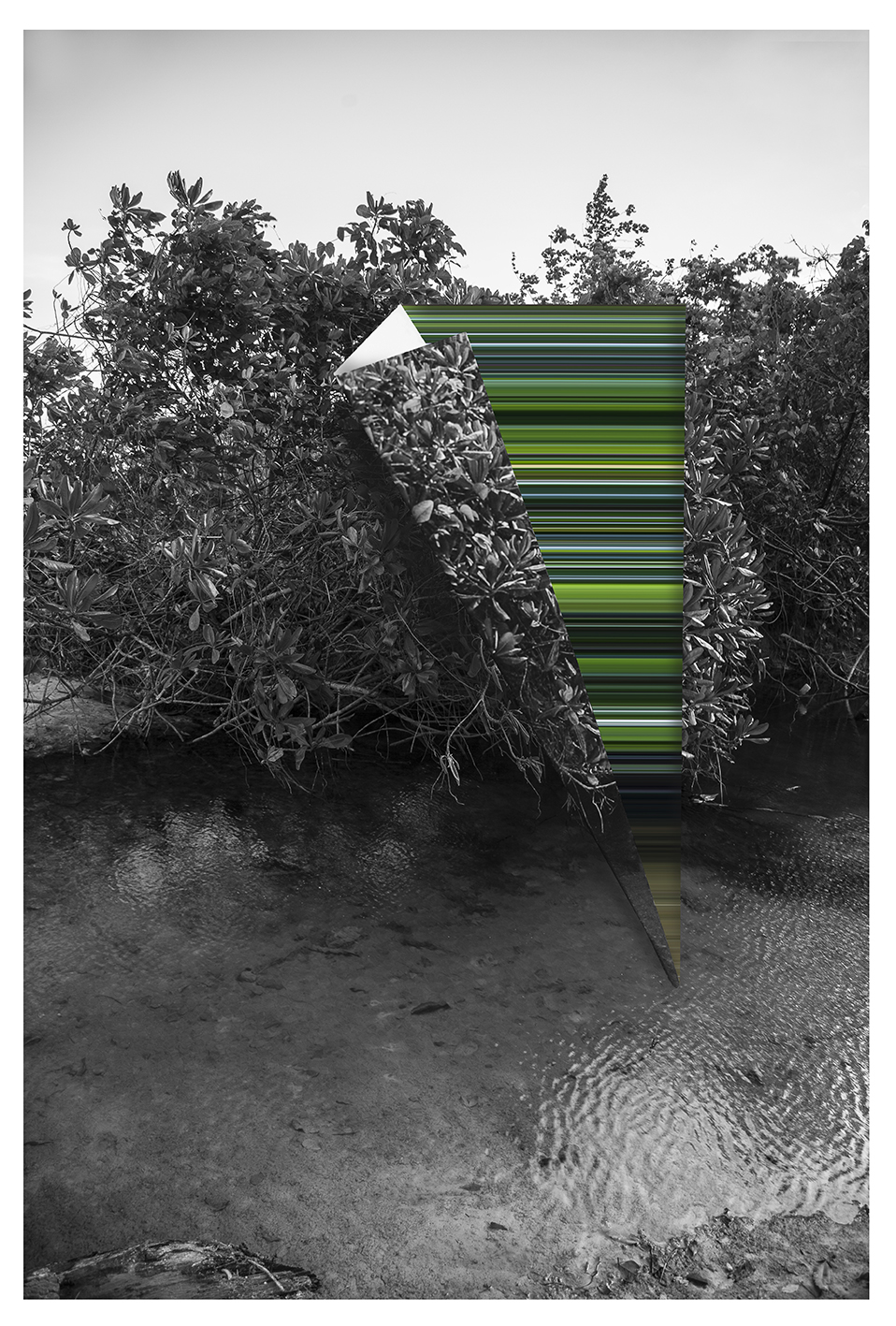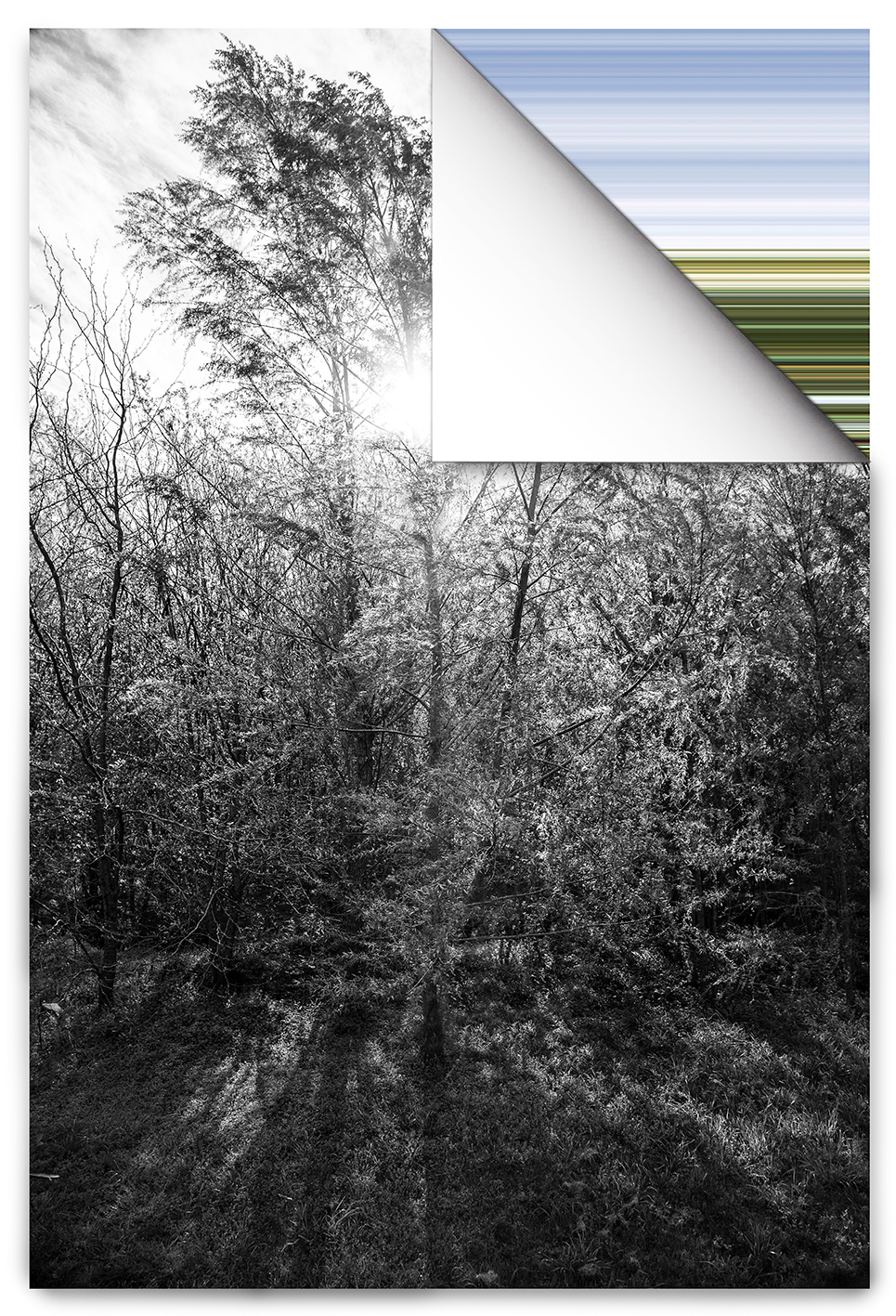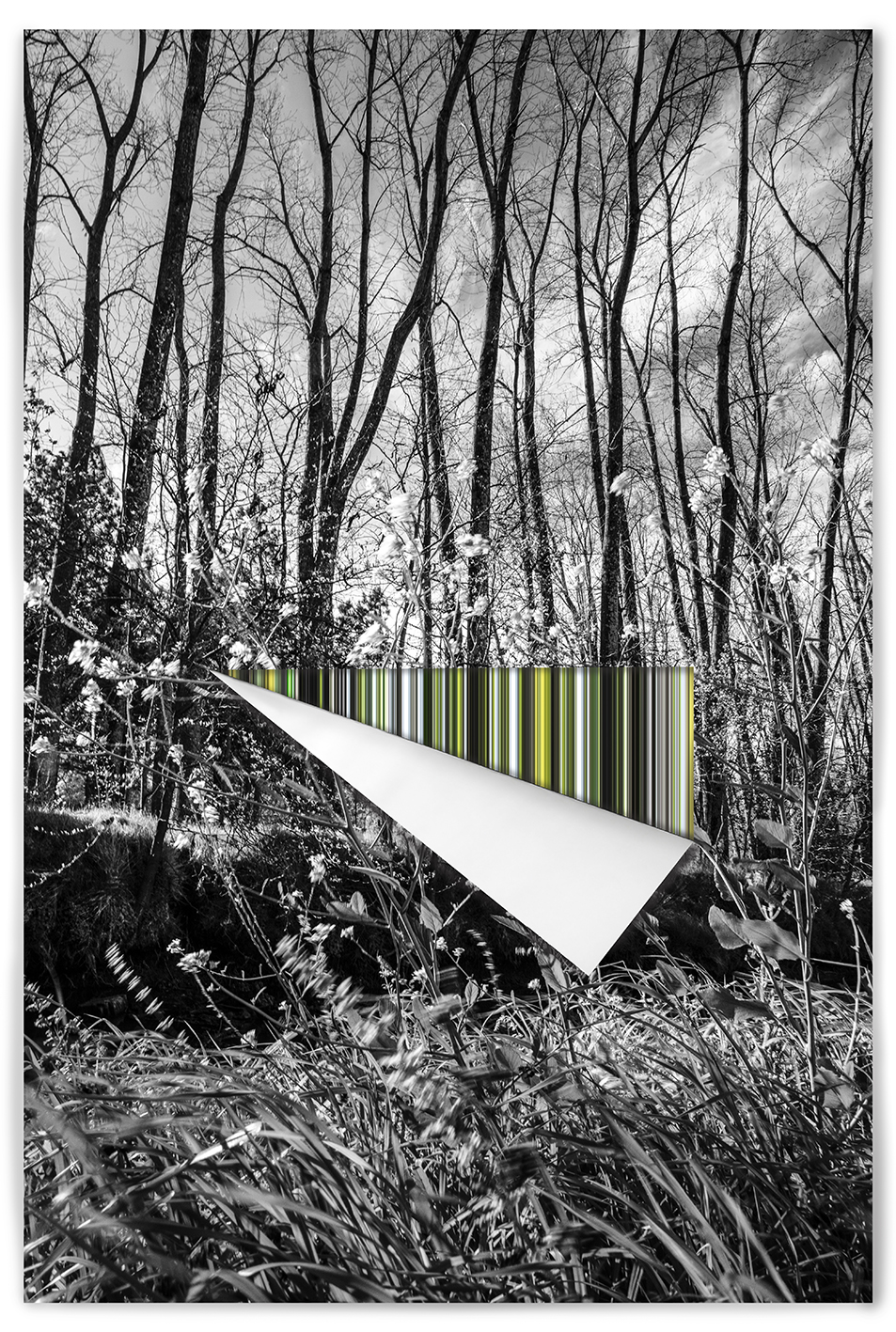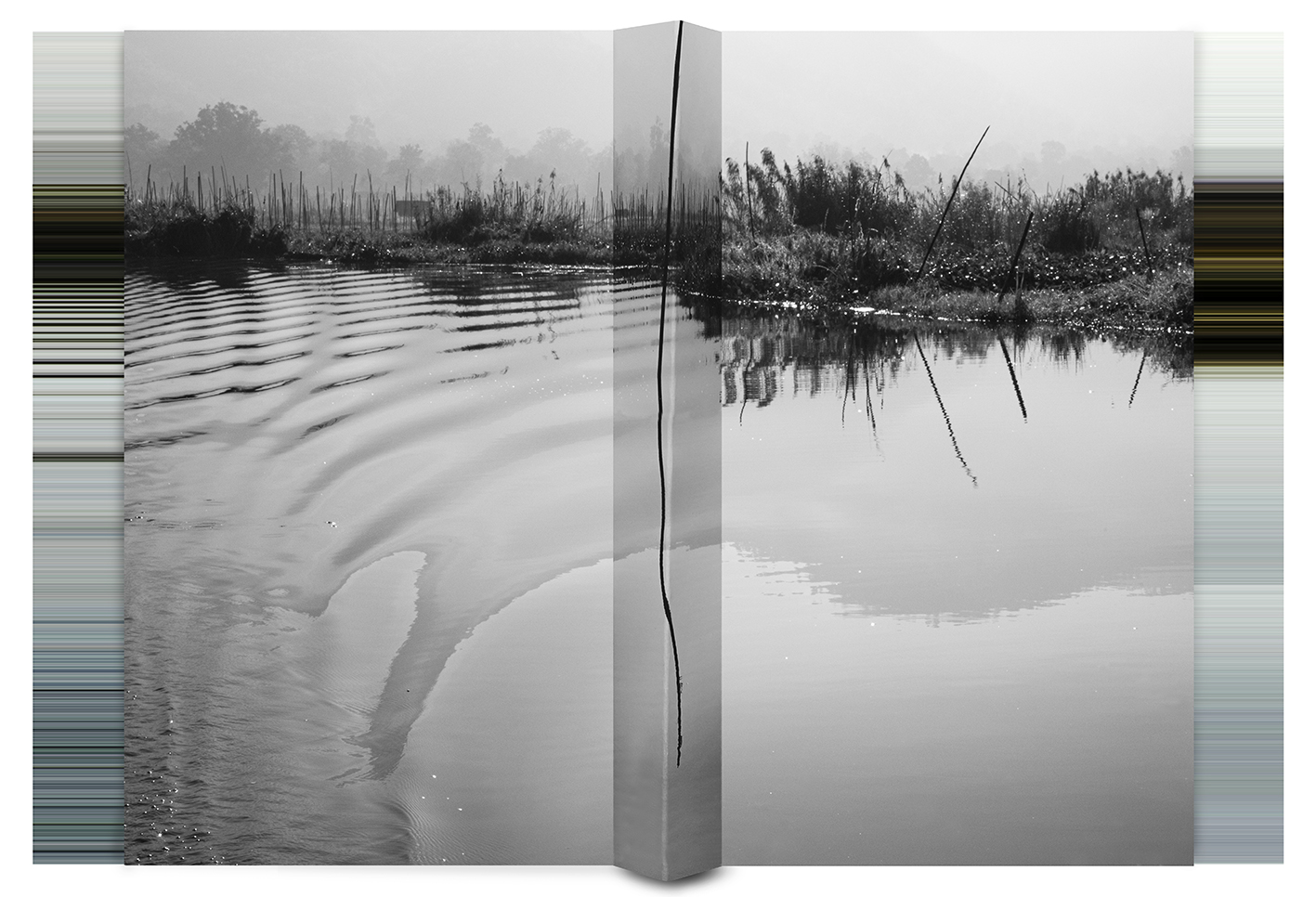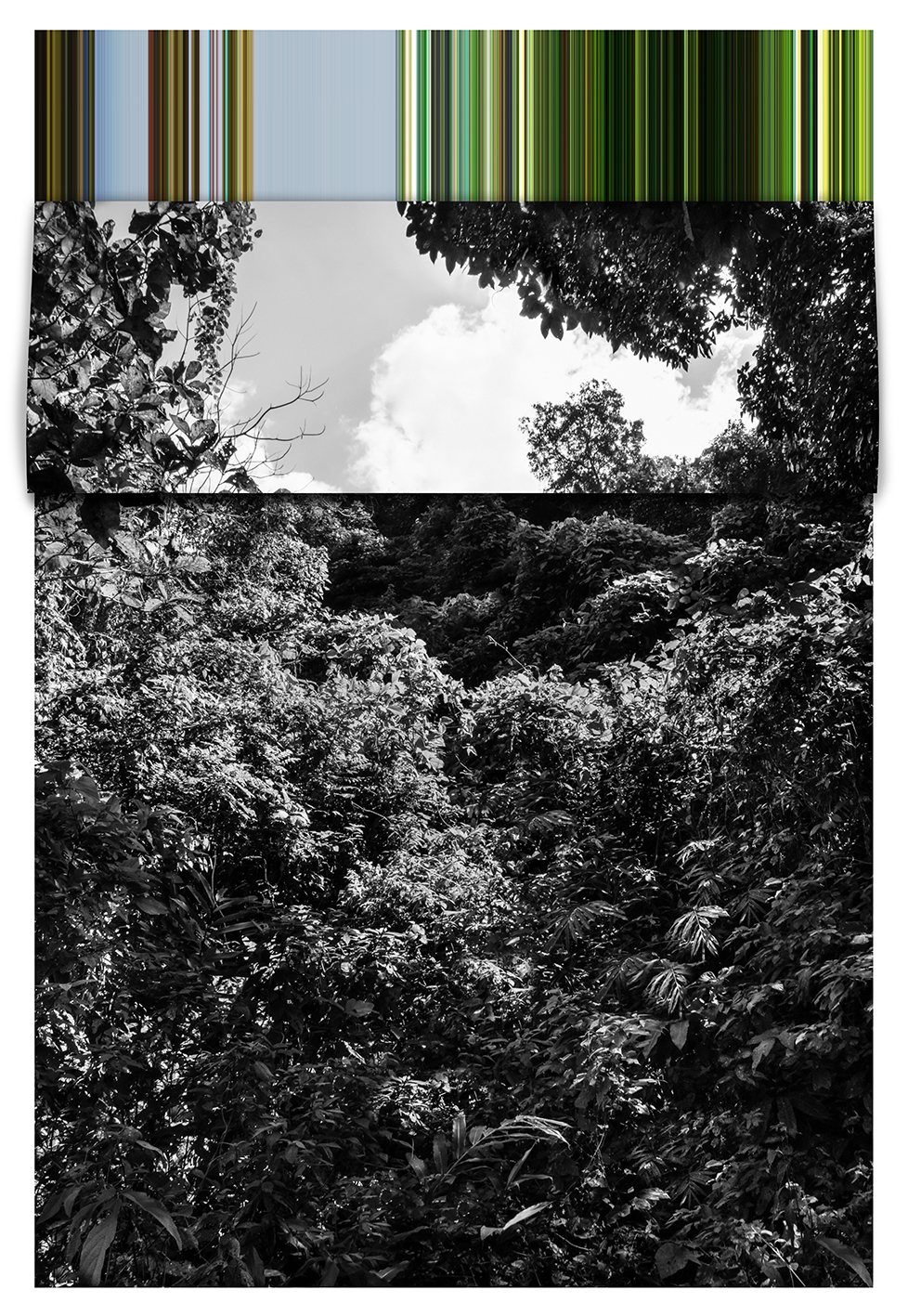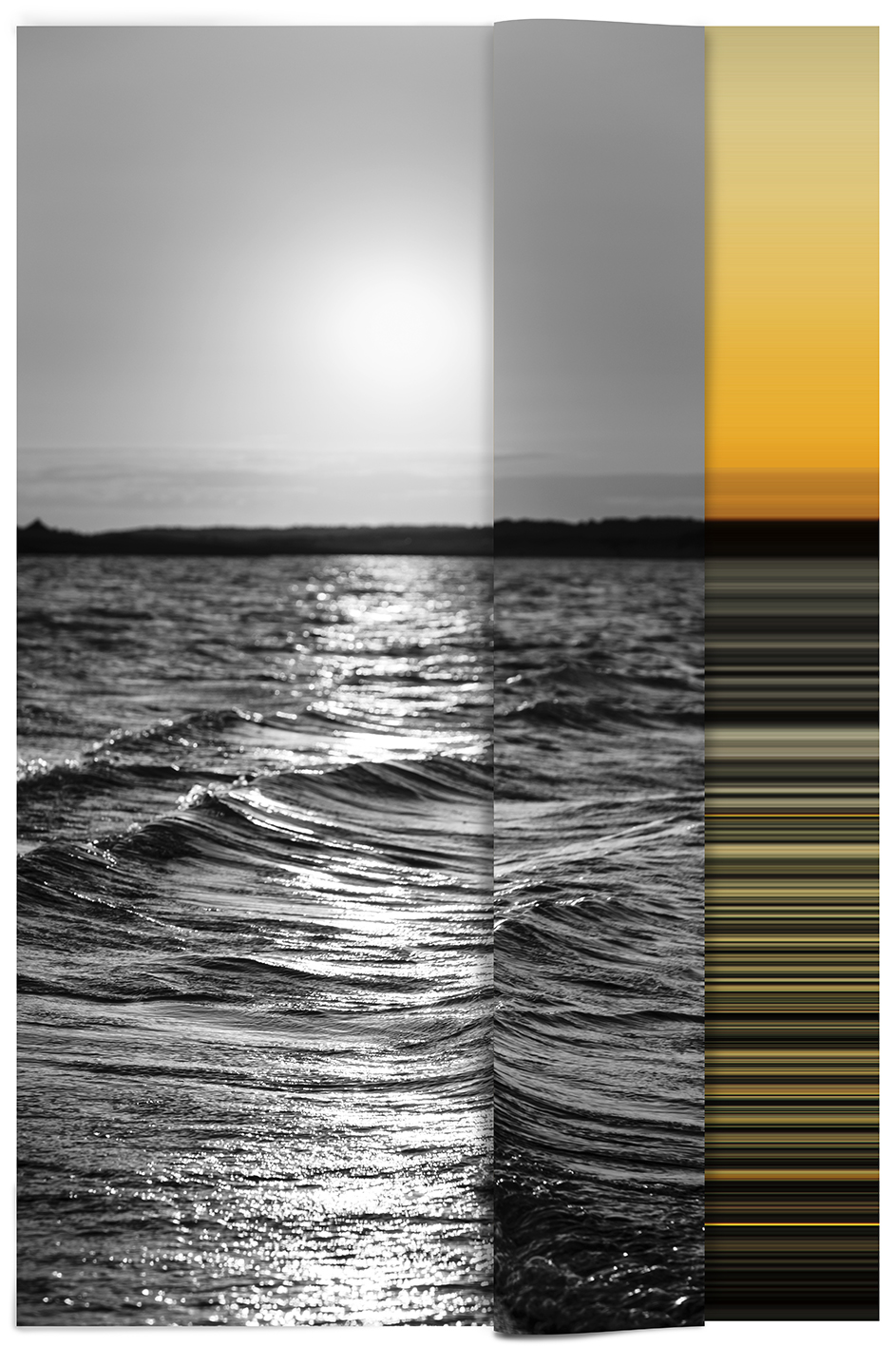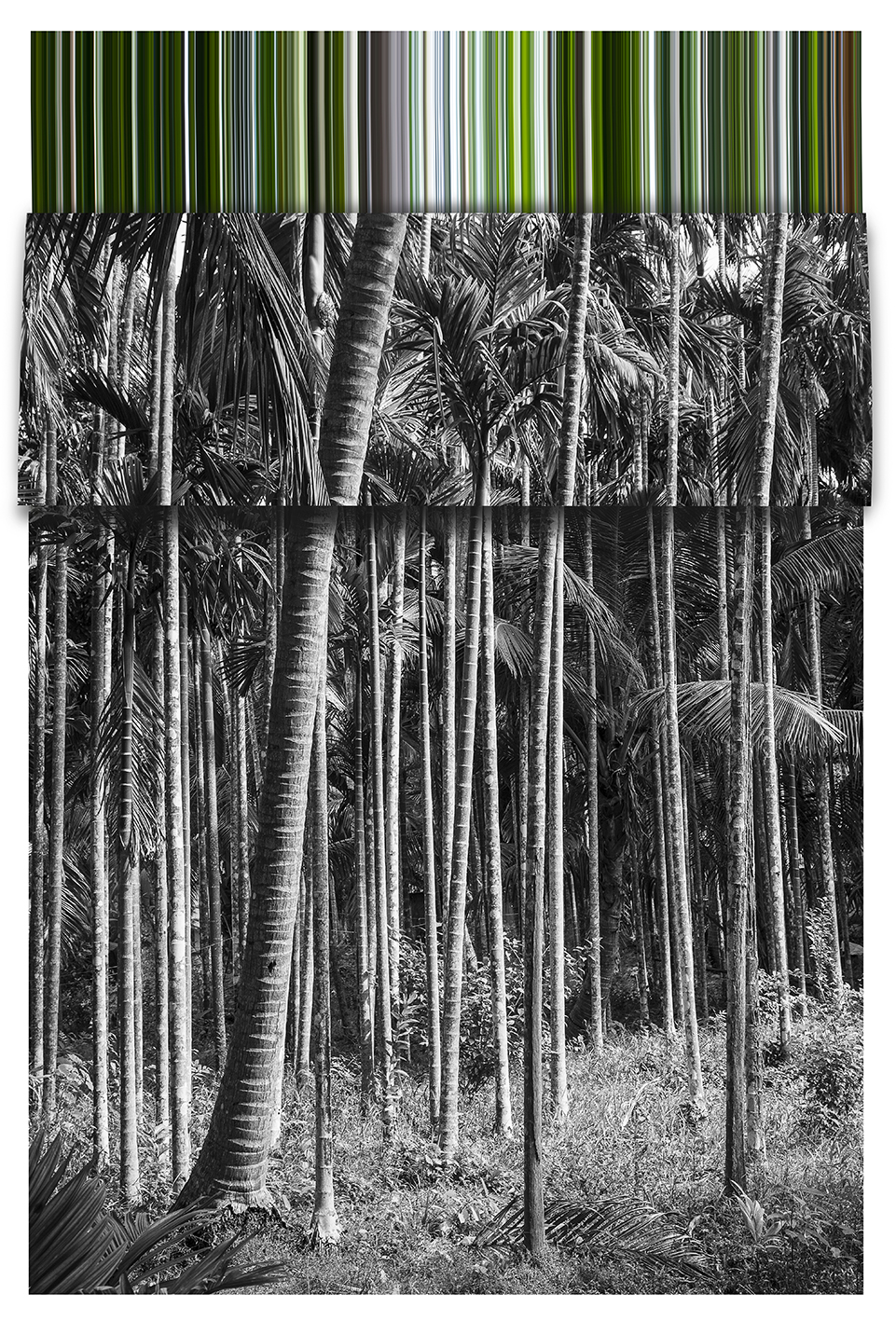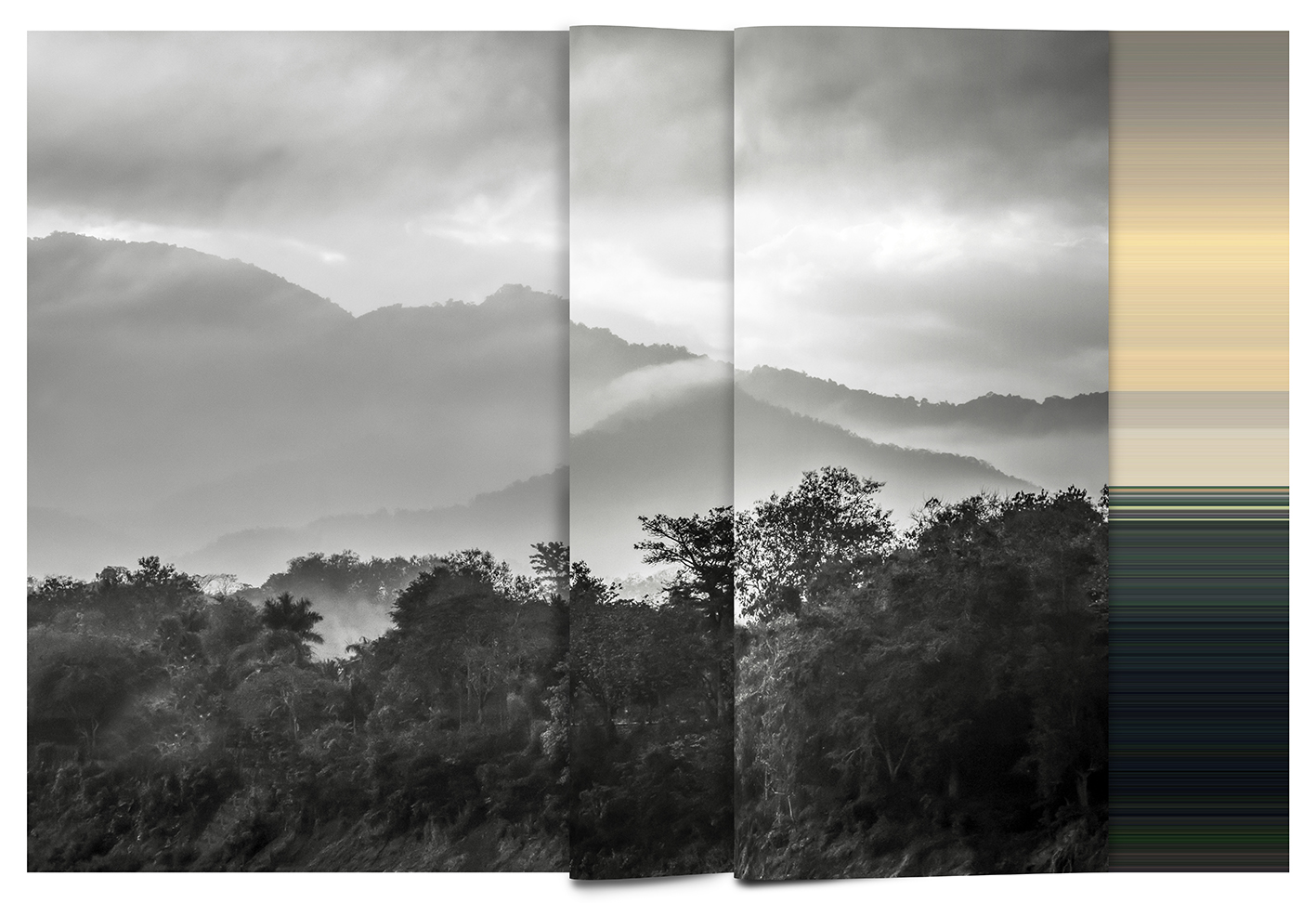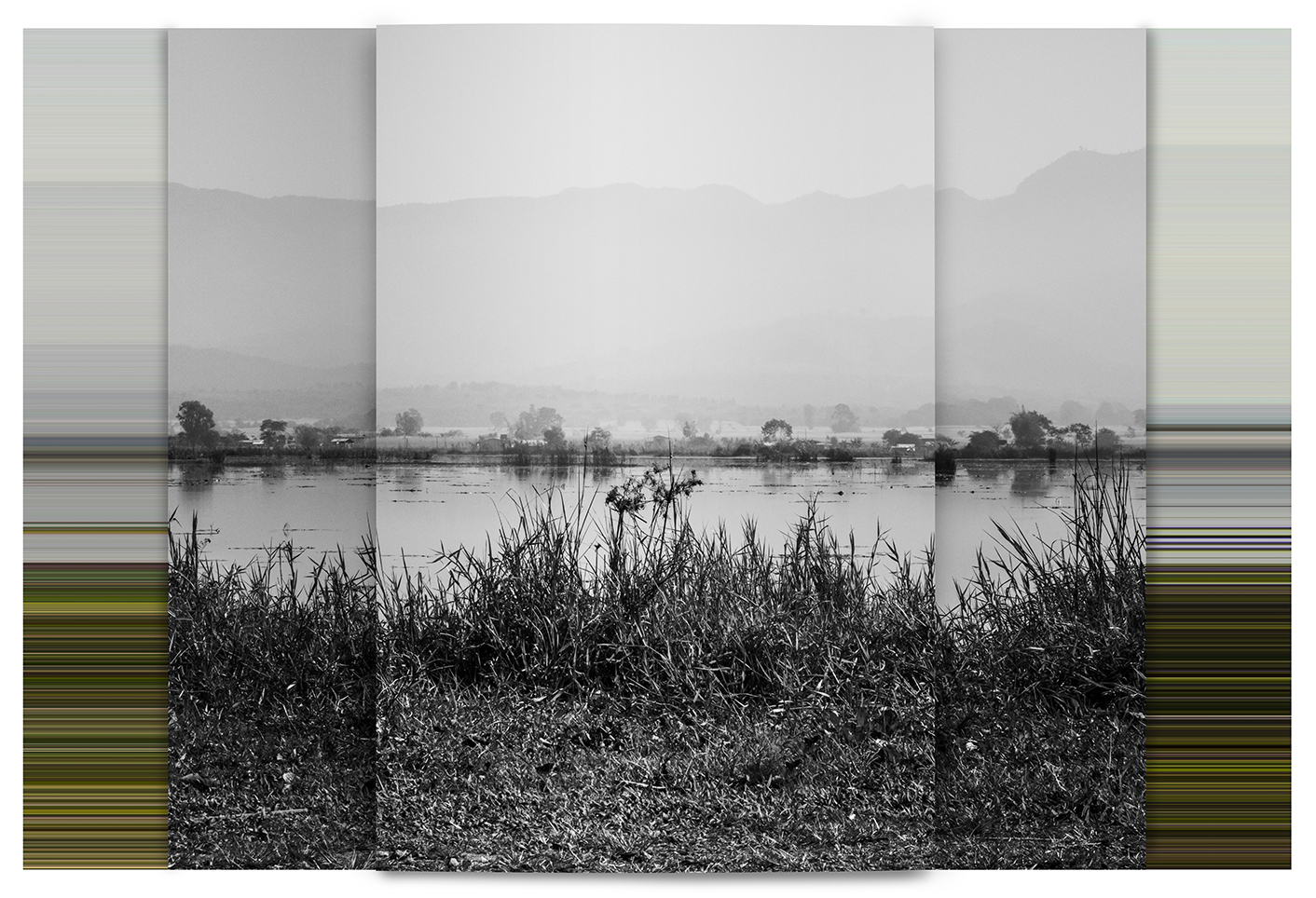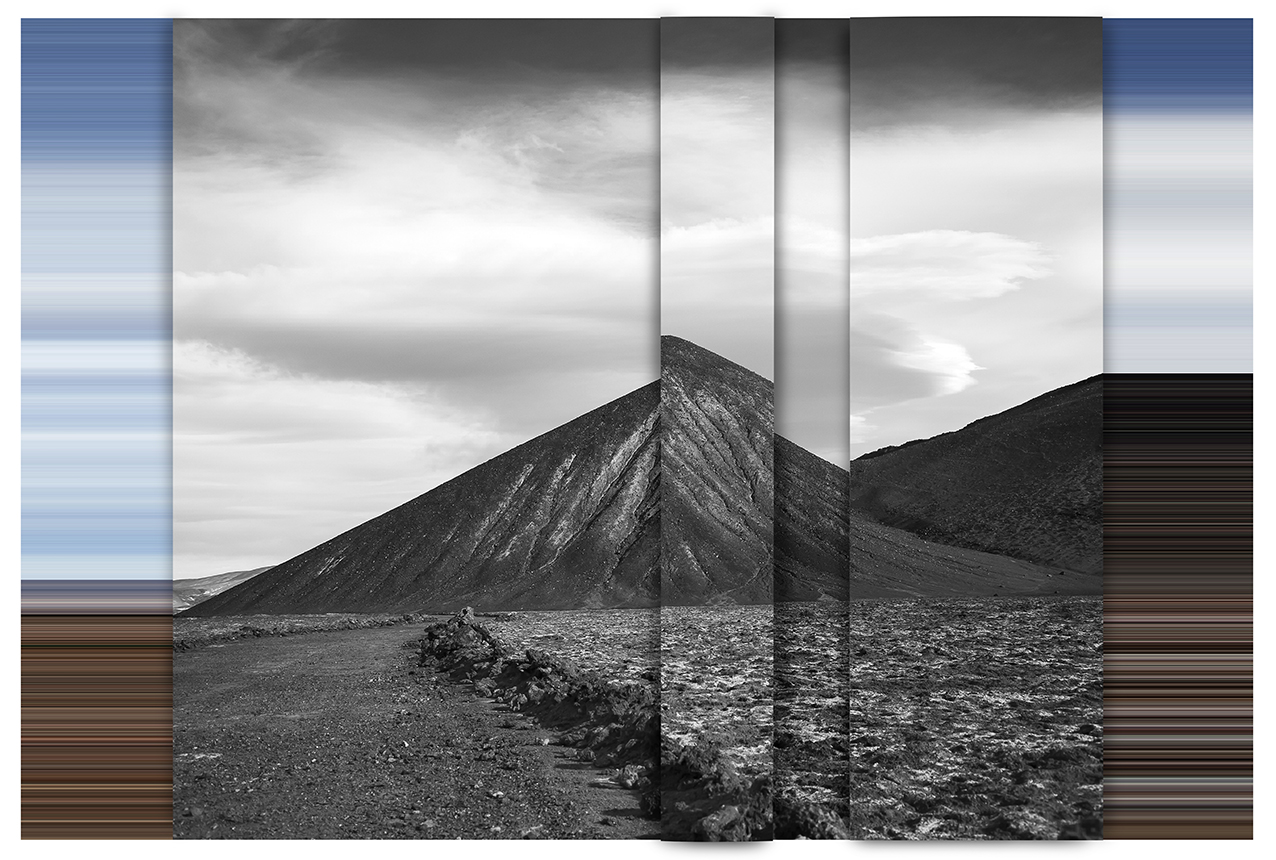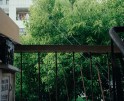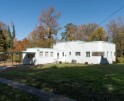Andrea Alkalay: Landscape on Landscape
For the next few days, we are looking at the work of artists who submitted projects during our most recent call-for-entries. Today, Andrea Alkalay and I discuss Landscape on Landscape.
Andrea Alkalay is a visual artist currently based in Argentina with a degree in Industrial Design (UBA). Was trained in art-photography by attending Projecto Imaginario program, and creative workshops experimenting with alternative techniques and processes. During 2022 she was selected to take part of the Art residency program Amalgama, for Latin American woman artists, with a group exhibition in London (June 2022) and Bogota. In 2021 she won the Latin American Professional Award by the World Photography Organisation, a gold medal at Muse Photography Awards, The Moscow International Foto Awards, was finalist at Head On Photo Festival (Sydney), DongGang Photo Festival (Korea), Le prix de la Photographie Paris : State of the World, The Royal Photographic Society, RPS 163, and Exposure Awards, Canada. In 2019 , her Kutho series was selected to be on exhibition in PHmuseum.com curated by Panna Foto from Jakarta and in 2018 Urban Territories portfolio won the Light Festival Argentina with a solo exhibition at the Fine Arts Museum Franklin Rawson and other Cultural Centers in Argentine, Chile, Mexico, and has participated in the 8th Photography Biennale Tucumán. Recent shows include National Museum of RAK (UAE), Aethetica Art Prize 2022, Pinta Miami Art Fair (USA). Her work is featured in international publications, such as, Artdoc, ArtFluent, F-stop, Click Magazine, Foto Feminas, Urbanautica, Selections Arts (UAE), Photo London, Saatchi Art New Voices catalog. Uncertain nature in her authorial photobook, launched in 2016. Andrea is represented in Argentina by OdA Arte Gallery.
Landscape on Landscape
The series is an observation into the notion of “landscape”, which is defined variously, within a gamma of changing ideas about place. In one of its meanings, is the natural space admirable for its artistic-scenographical aspect. We experience it according to our perceptual capability. We see what we know.
I am interested in the idea of nature as a cultural construction and the composition of a new landscape with other readings.
The project introduces a dialogue between figuration/abstraction where the real and the manipulated overlap. In the foreground is the monochrome scenery and behind, it’s digital backstage. These double photographs combine opposing codes that attract each other, as the perception of color through its absence or the flatness of paper through its fold.
The chromatic palettes are revealed through pleating the edges or folding for volume the print with another topography, irrupting the natural geography in parallel. The range of colors that emerge seems artificial, although they belong to the natural world. They are working as a code bar breaking the surface illusion to draw attention to the artifice and materiality of the photographic representation.
I explore the illusory of a natural landscape image and its chromatic decomposition, transferring what is caught by sight to the codes of another system (RGB).
Daniel George: With this work, and several other projects on your website, you focus your attention on the landscape. What drew you to this photographic genre, and how did this particular series come about?
Andrea Alkalay: The notion of Landscape refers to something that we think can easily be understood, and yet it means different things depending on who is looking, experiencing, or building it. Over the years it has been a very important source of reflection in my projects.
As an example, in Urban Territories, landscapes portray a social urban situation in the surroundings of Buenos Aires and have a political message. On the other hand, Kutho landscapes are based on the territory of ancestral Buddhist kingdoms.
It is interesting that in this last project, the territory is not an issue because the place has no relevance. I chose virgin landscapes from my travels, but the most conventional images from forests, seascapes, mountains, lakes or vegetation.
I am interested in the idea of nature as a cultural construction and the composition of a new landscape with other readings. The consideration of parallels between figuration/abstraction is part of the objective, transferring what is captured by sight to the codes of another system (RGB).
In the foreground is the monochrome scenery and behind, it’s digital backstage. These double photographs combine opposing codes that attract each other, as the perception of color through its absence or the flatness of paper through its fold.
The chromatic palettes are revealed through pleating the edges or folding for volume the print with another topography, irrupting the natural geography in parallel.
DG: In your work, you highlight the perceptual experience of landscape by revealing what you describe as “codes of another system.” Would you explain your interest in pulling back this curtain and revealing the “digital backstage” to the viewer?
AA: I do not use photography to ‘illustrate’ or talk in terms of beauty or ugliness. I find it more interesting to propose a reflection on some aspects of the landscape, such as its colorimetry.
The dissociated color palettes that are perceived within the images, as a counterweight to the black and white photography in the main stage, are emphasizing the effect of dragging into the artificial field, which is given by the natural order. Also recalling that the perception of color is a subjective phenomenon that depends on individual interpretation.
I manipulate the original colors from the digital photograph file stretching the pixels to produce a highly abstract graphic that looks like a barcode, breaking the surface illusion to draw attention to the artifice and materiality of the photographic representation. I don’t change the colors at all, it’s key they’re true to the original scene, designed by nature.
Each landscape inspires me with a specific intervention process exploring the palette involved. The moment I fold the paper, there is a geometry from where I drag the lines. This is the space where the authentic meets the constructed, and the real and the manipulated overlap
DG: I was drawn to the overlap and relationship of your descriptive and abstracted visions of landscape. Could you talk more about the significance of this visual connection that you are creating?
AA: The title’s series ¨Landscape on Landscape¨ already talks about an overlay, and each variation is named by its predominant color code.
The combination of opposites, such as the perception of color through its absence, the flatness of paper through its fold, the figurative of the image, and the abstraction of the color pallete, are all key in playing together to convey this project’s overall dialogue and themes.
Also, it is important for me the materiality, which implies a fusion between photography as an object, the process that involves folding, gluing, manipulating, and generating volume, the physicality of the photograph really comes into play here.
The project’s three-dimensional quality, is something we miss when viewing the work digitally to discover more edges from the composition.
DG: You have a background in industrial design, and in your bio you mention your fascination with materials. How does this inform and contribute to your photographic creative practice?
AA: As a designer, I have an academic training where I learned to understand the use colors, shapes, textures, materials, sizes, weights, movements, lights, and shadows, that is, all those qualities related to objects. I learned to design an object from ideas.
From that, I am interested in contemporary art to convey concepts. The materials I choose respond to symbolic issues, to give meaning to a piece, and I am always curious about what element helps to convey those questions that my works formulate.
I believe that materials and shapes add layers of meaning to the work, as long as they are articulating some kind of discourse.
Beyond the fact that art does not have to solve any problem, nor fulfill a specific function beyond appealing to the emotion or perception of the viewer, both in art and in the world of design, a discourse must be transmitted.
DG: With these photographs you toy with the idea of representation and illusion by fabricating new visions of landscape. How do you feel this speaks to the broader topic of landscape as a cultural construction?
AA: What is a landscape? The way of recognizing it constantly opens up questions for us since it is a wide concept that changes depending on where you ask it from. In one of its meanings is the natural space admirable for its artistic-scenographical aspect. We experience it according to our perceptual capability. We see what we know.
Definitions are culturally produced and not absolute but multiple in which landscape photographs play a lead role. Aesthetic ideas such as sublime, have informed thinking of what is and how we look at it.
In this project, I experiment with the materiality of the photographic medium, manipulating the landscapes between the scenographed , the real, and the artificial.
The landscape is not a representation but is a construction and the result of a series of operations carried out by those who look, paint or photograph, etc
I am interested in working on this idea, in order to question the cultural use we give to the landscape, inspired by photography’s ability to distort our perception of reality.
For me, photography is a way of putting into question our sense of certainty. A tool for inquiry things while suggesting diverse interpretations
Posts on Lenscratch may not be reproduced without the permission of the Lenscratch staff and the photographer.
Recommended
-
Earth Month Photographers on Photographers: Josh Hobson in Conversation with Kes EfstathiouApril 19th, 2024
-
Earth Month Photographers on Photographers: Leonor Jurado in Conversation with Jessica HaysApril 18th, 2024
-
Ruotong Guan: Falling. Slowly. but,April 13th, 2024
-
Seth Adam Cook: As Big As The SkyApril 12th, 2024
-
Michael Borowski: AzurestApril 11th, 2024

